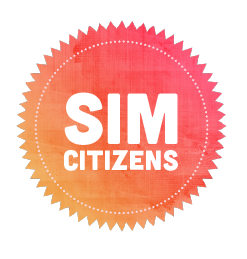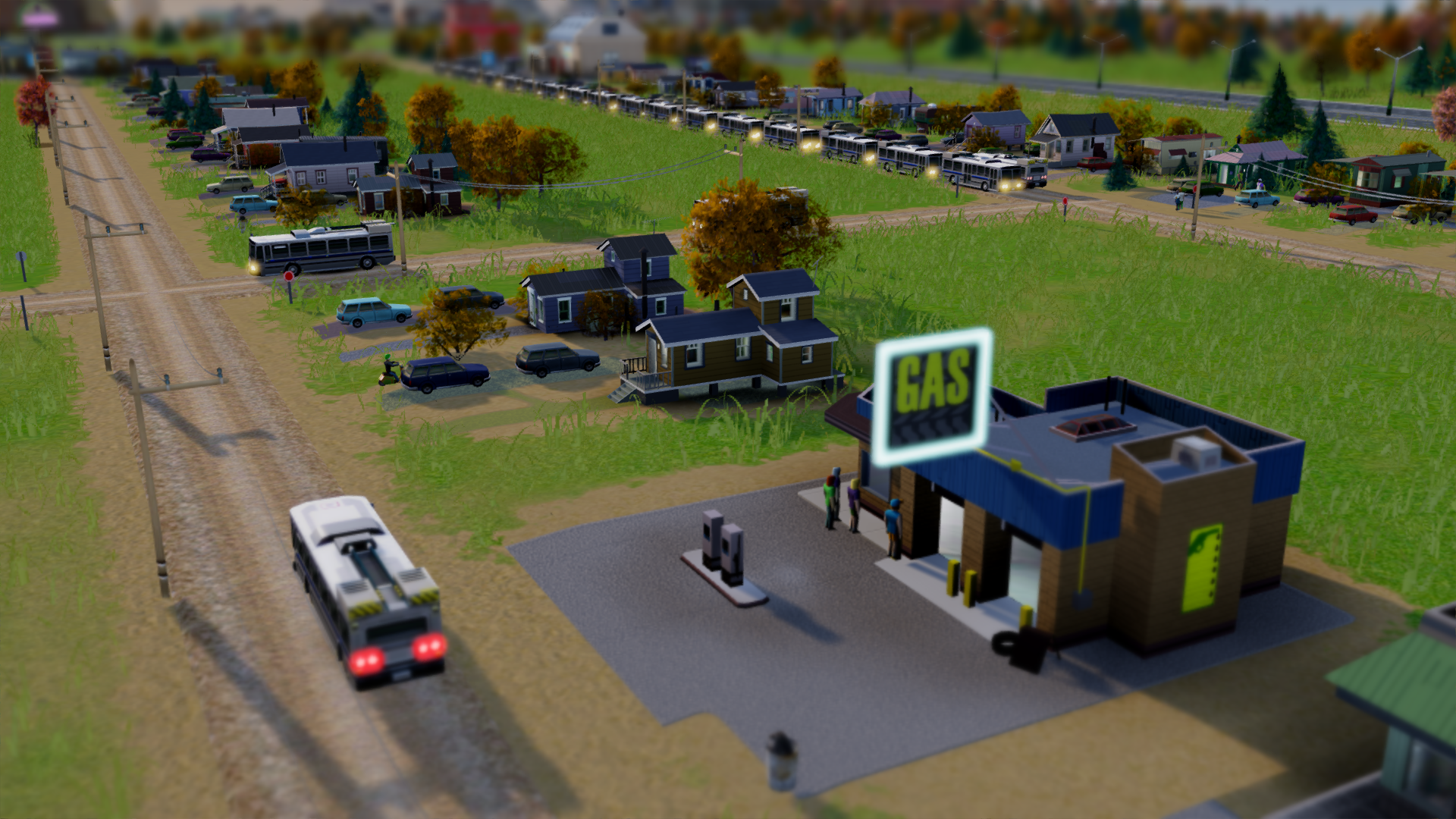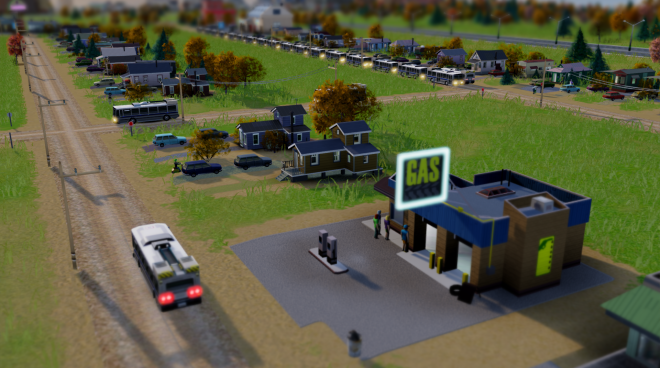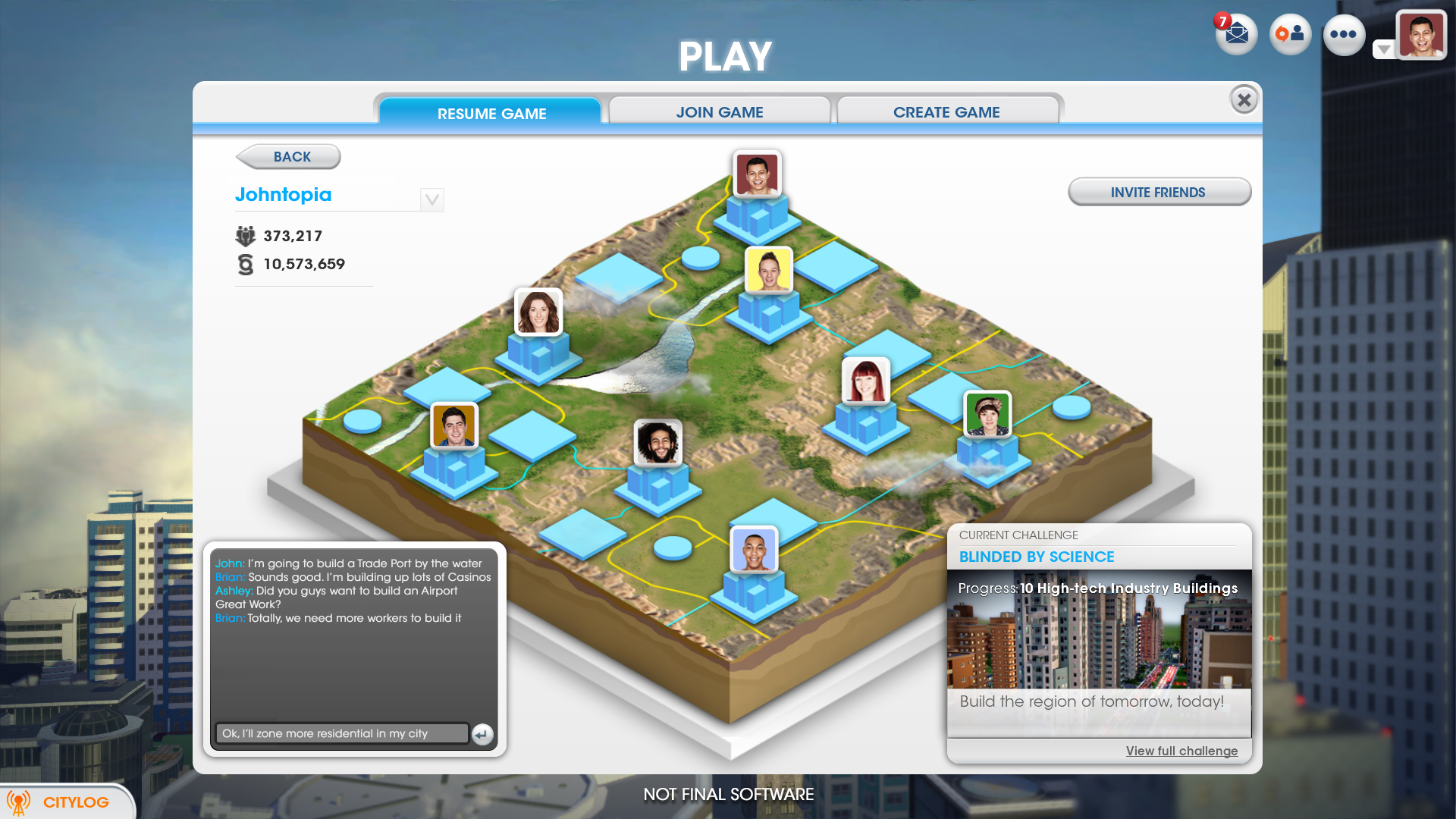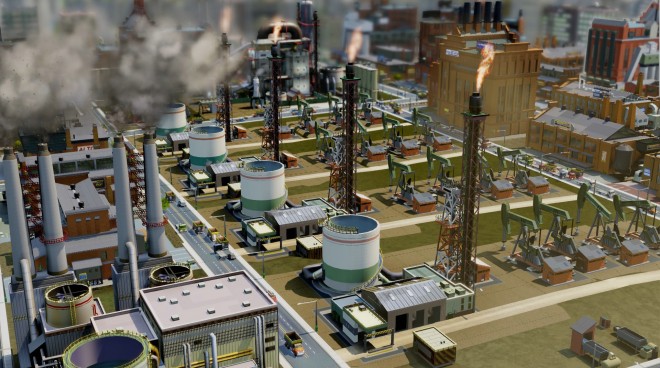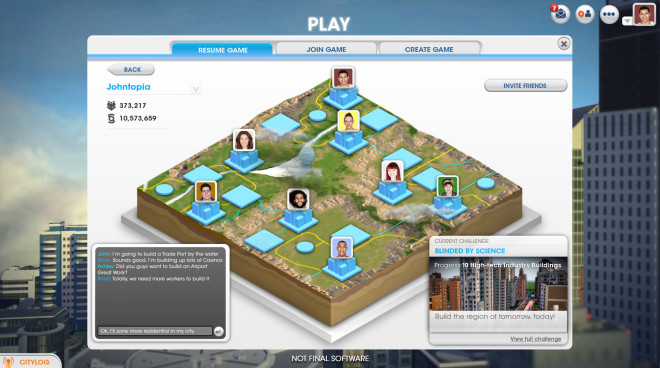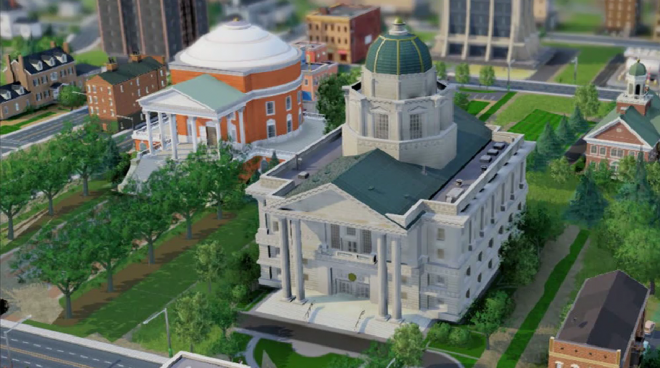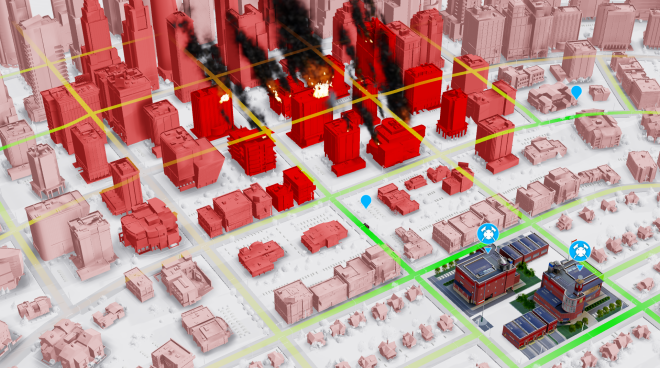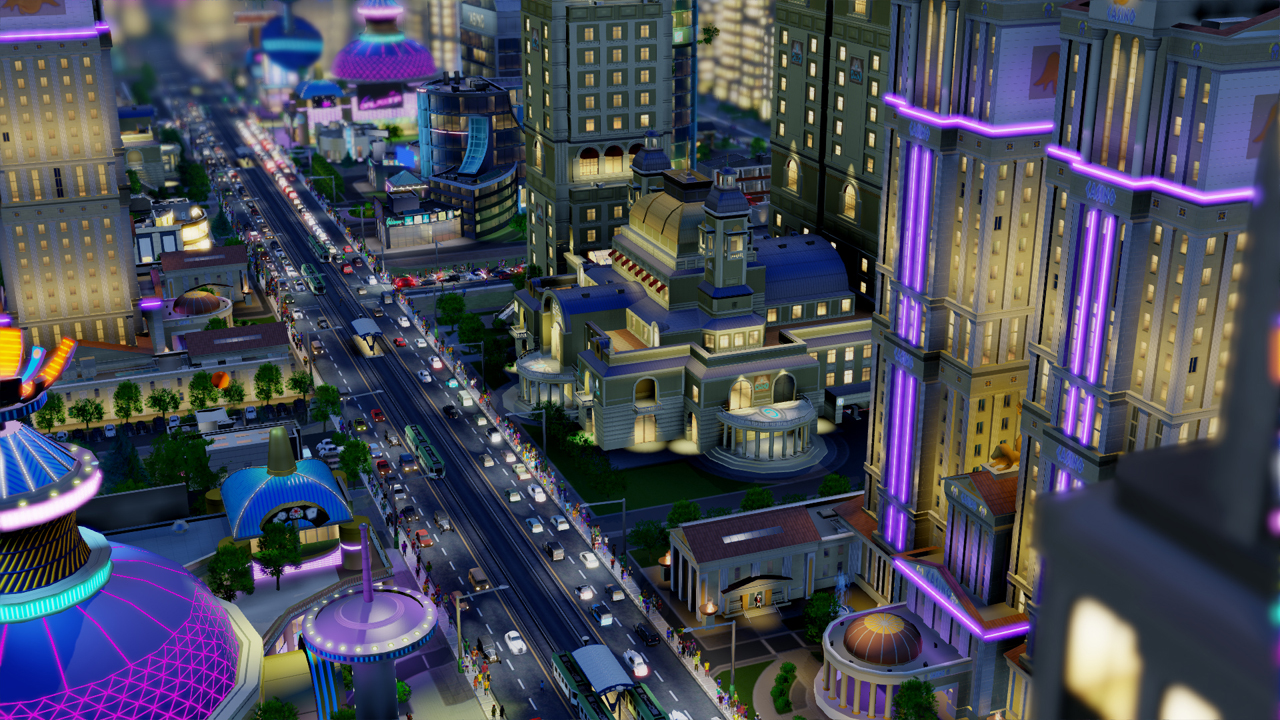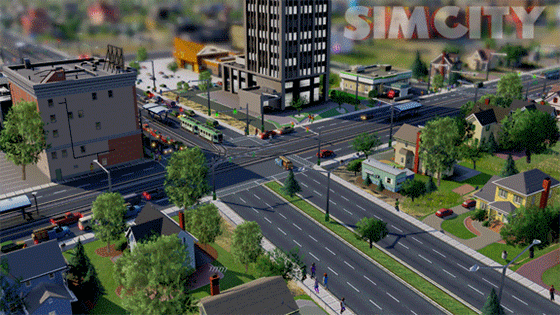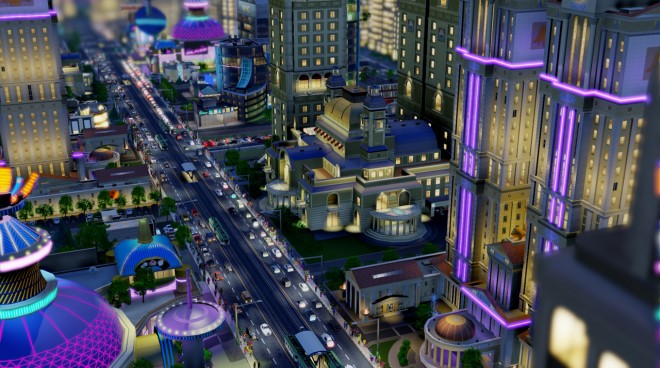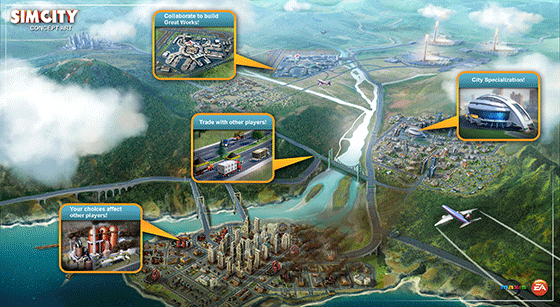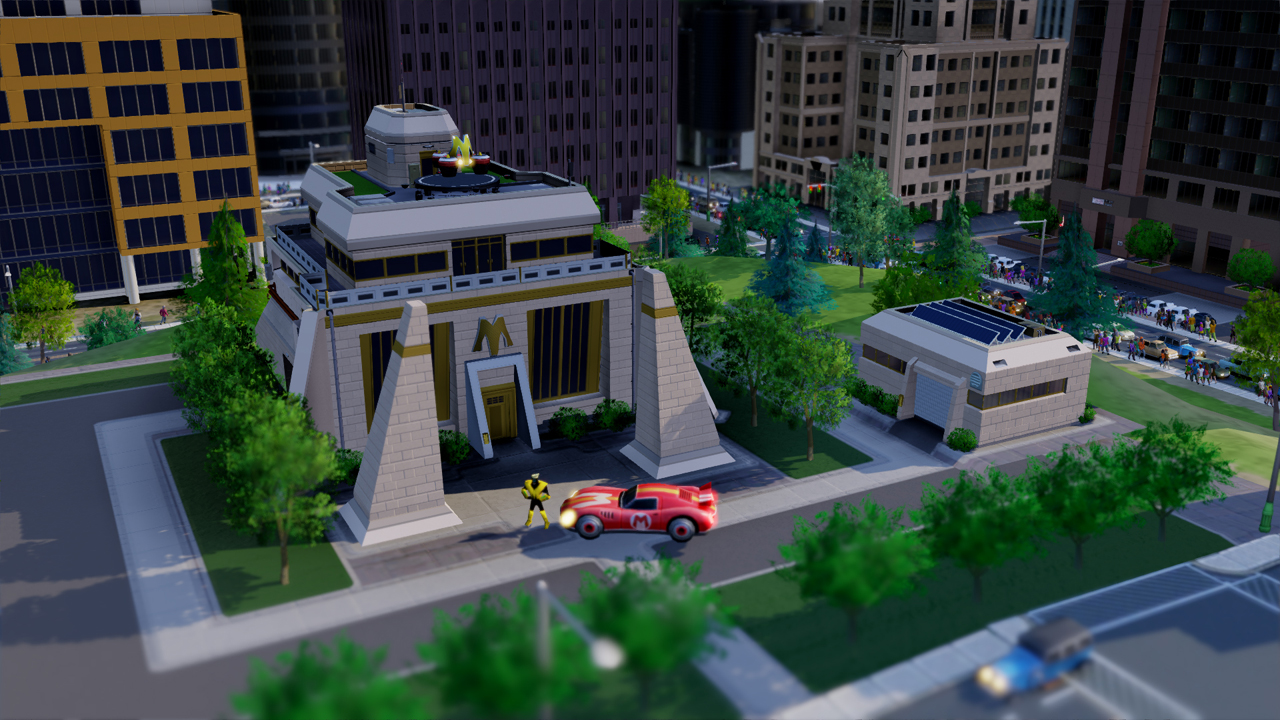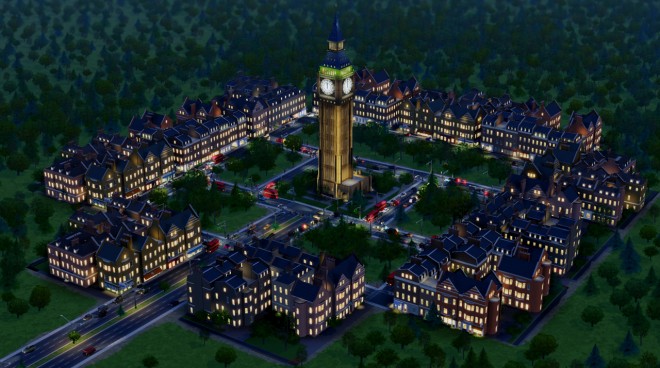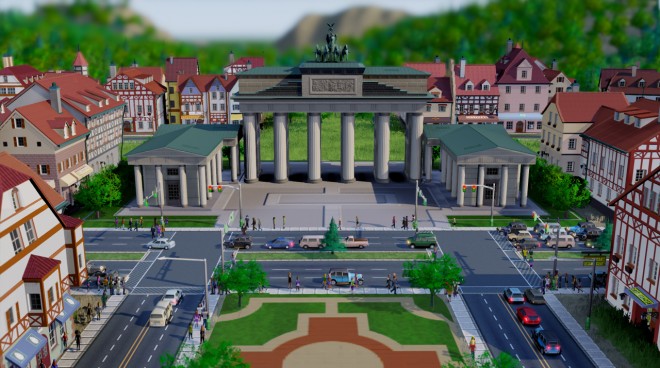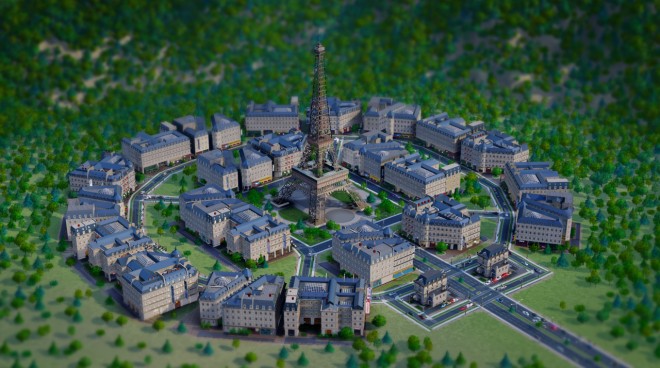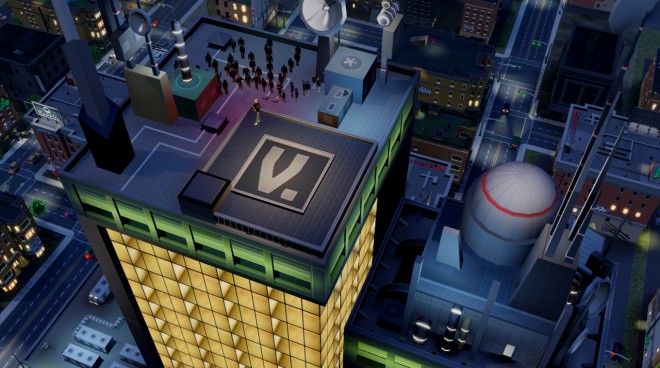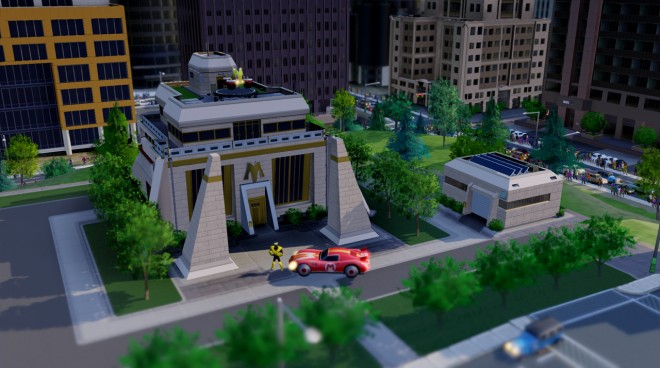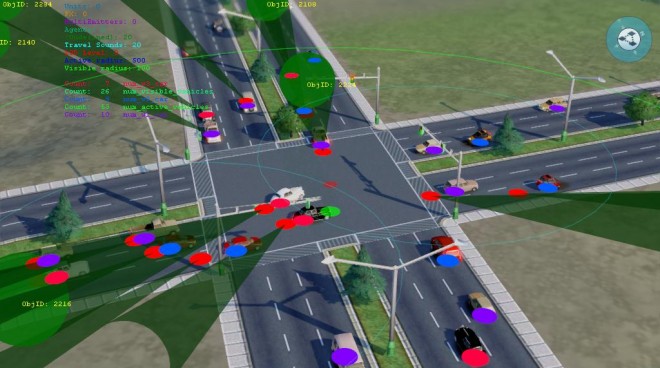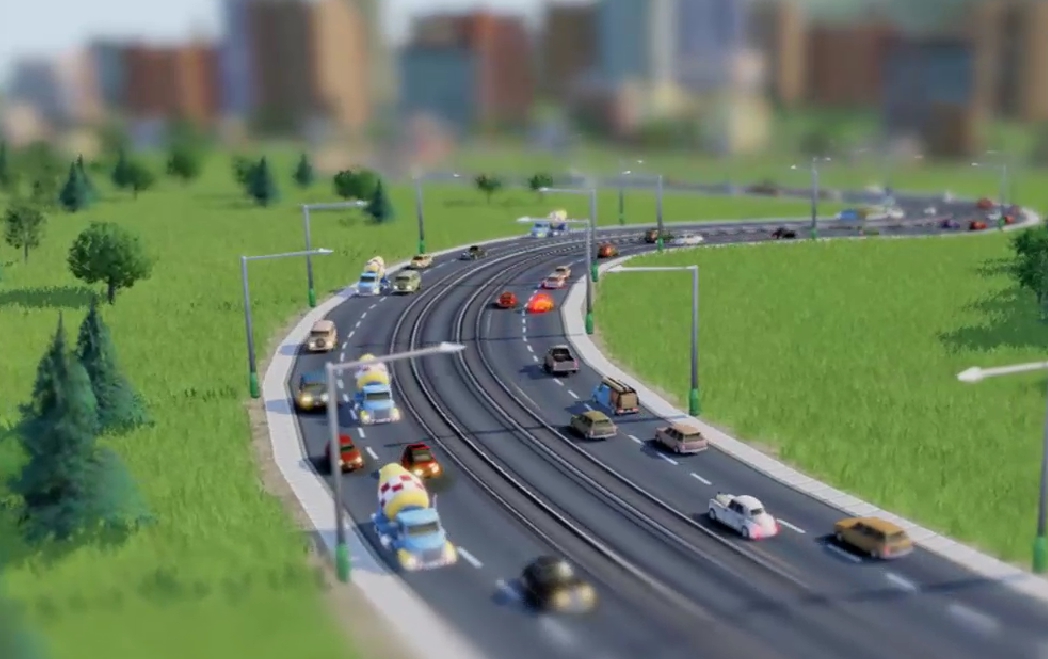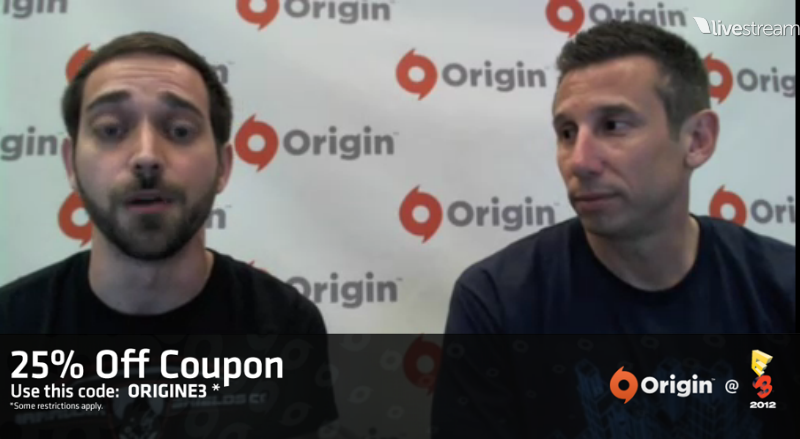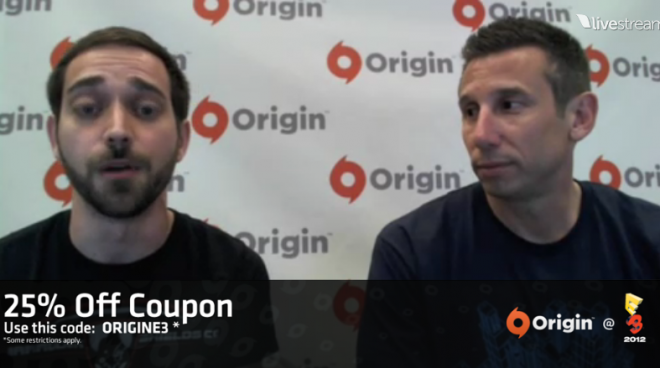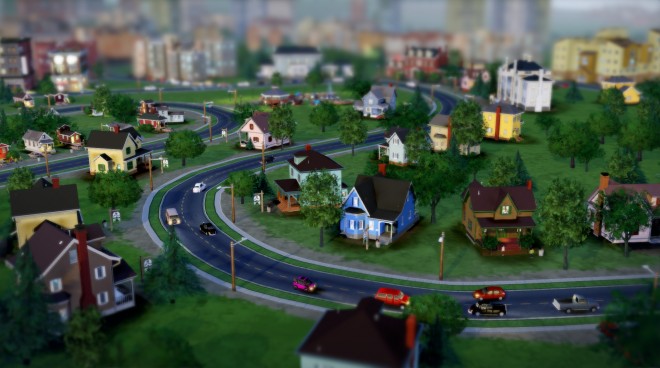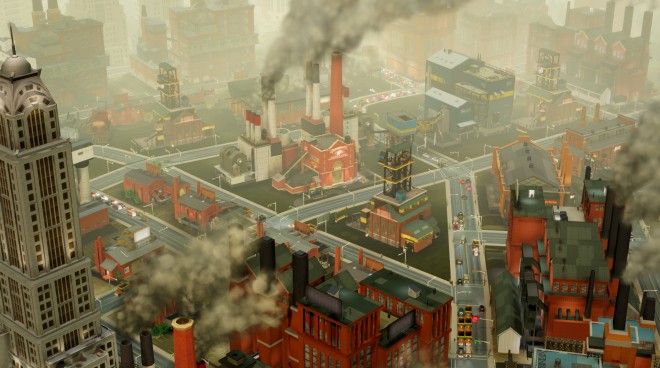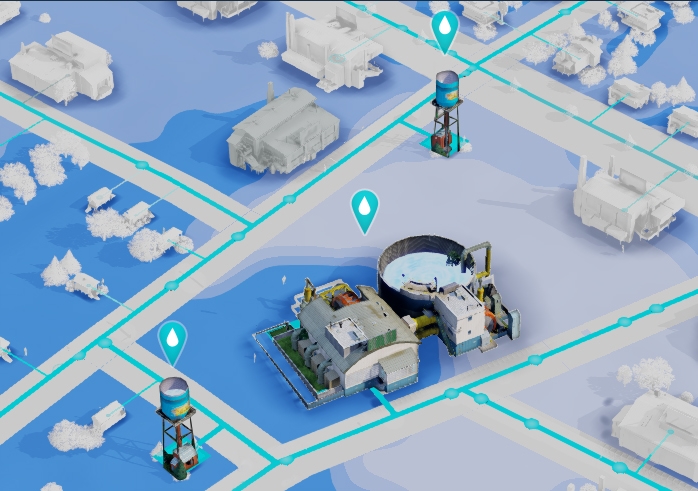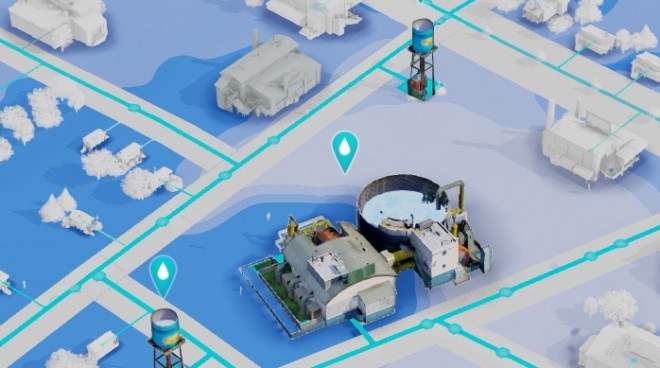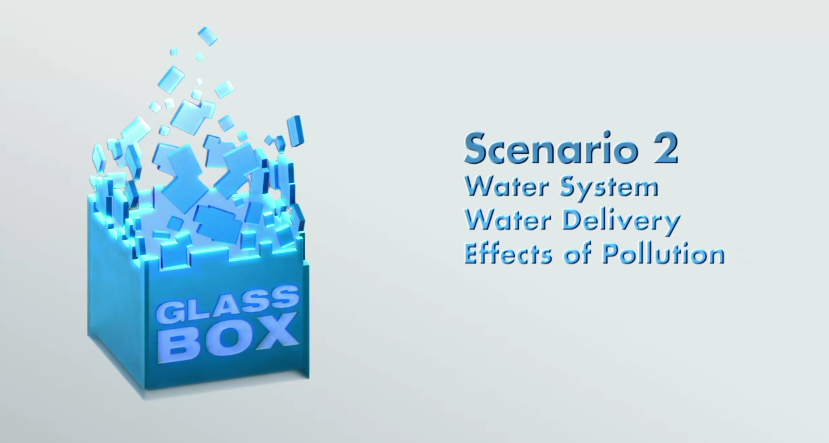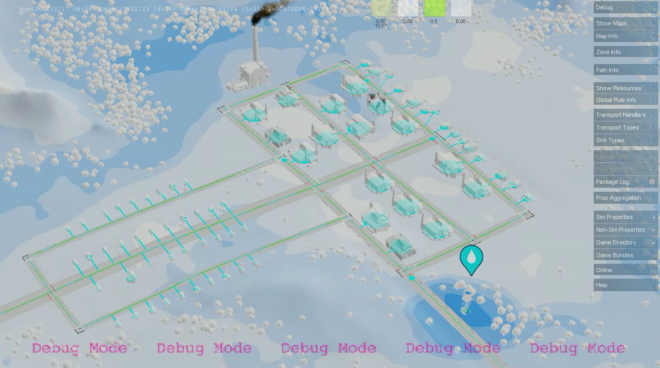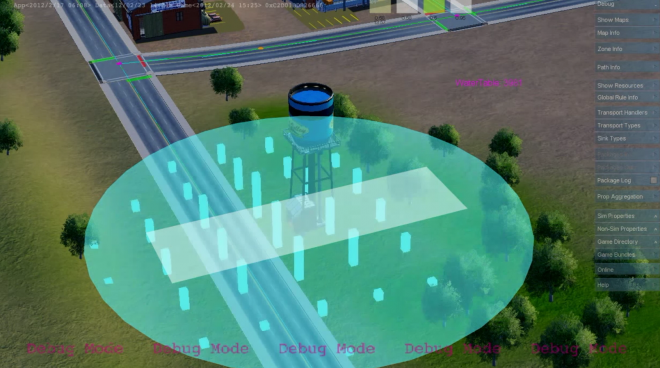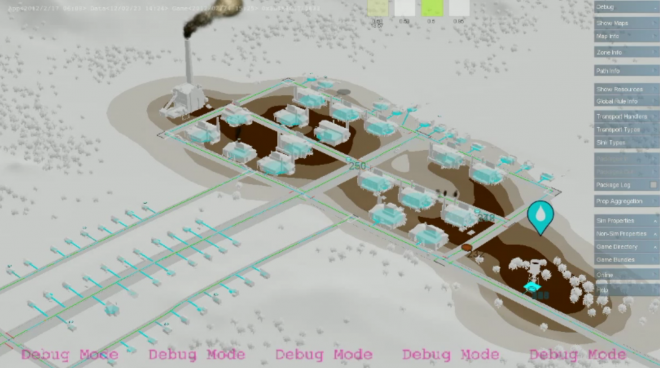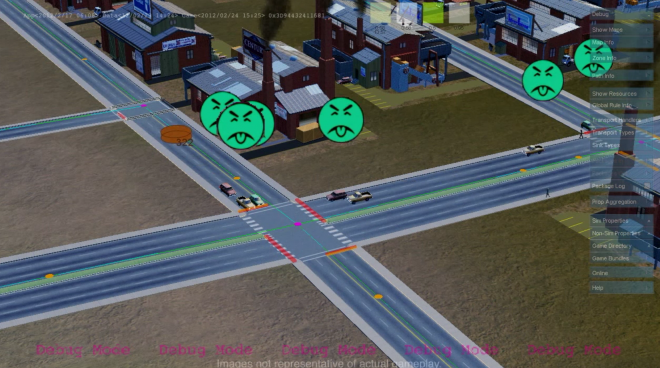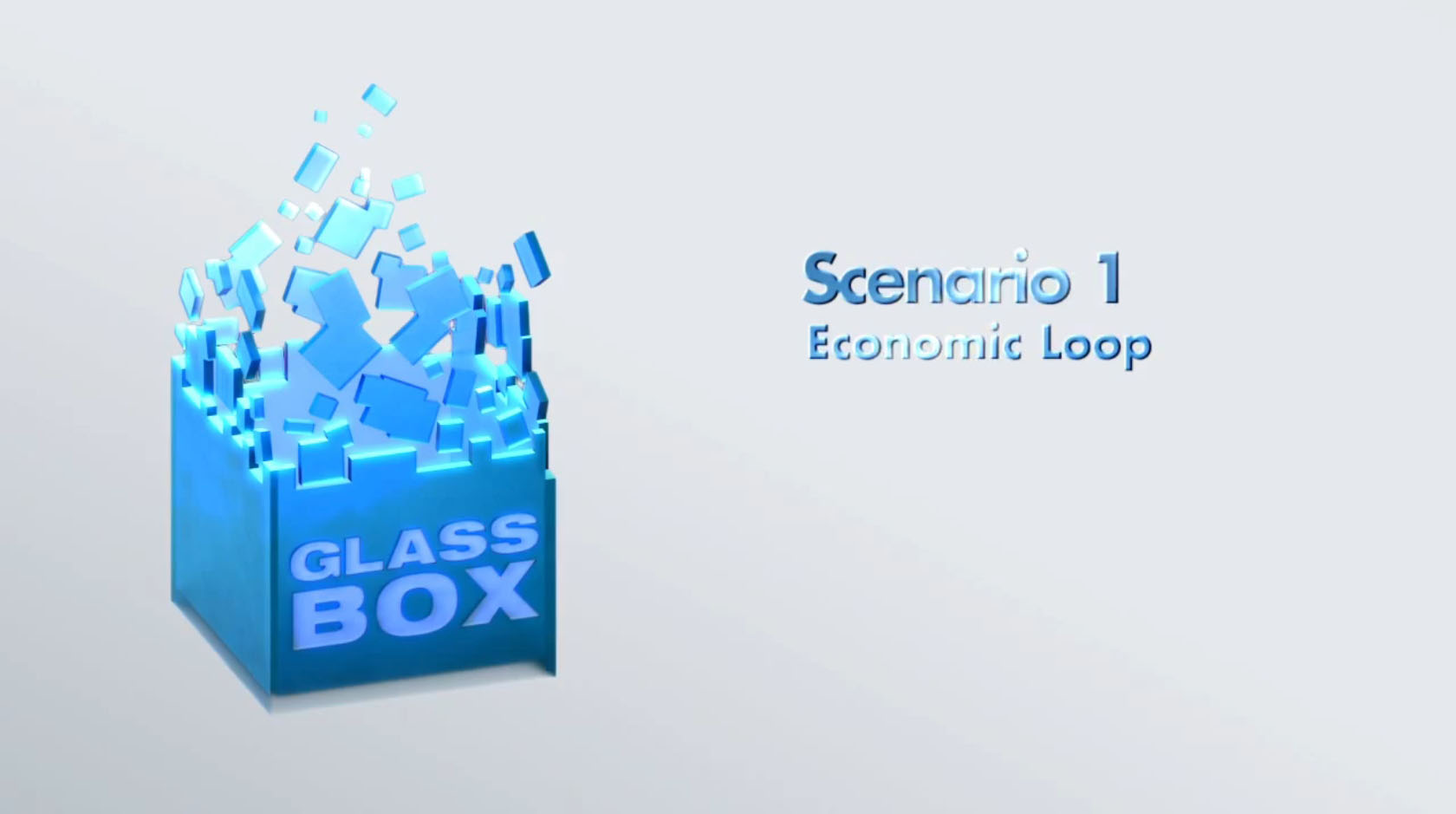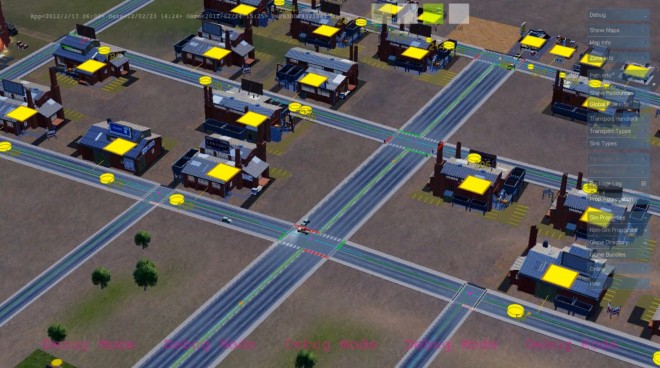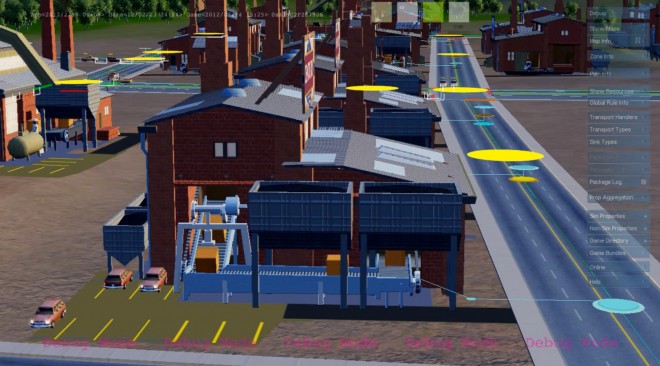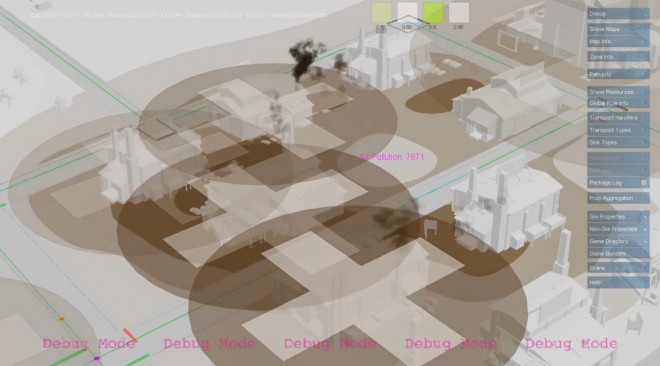I must admit it’s very overwhelming to keep track of every bit of news come out of from Simcity and its detractors. But we can’t ignore the situation that has transpired from launch until now. Yes they — the detractors — have every right to be upset, and their discoveries have led the Simcity community to a deeper understanding of how the game works in its current state. Now there’s a race between both the development team and mod community to see who can restore Simcity back to its rightful state. To section the modders off seems down right unfair, and I believe that articles on Simcitizens should focus on both sides of the story.
Traffic Woes
In previous Simcity games, traffic was merely simulated through a combination of road types, intersections, and building density. To deal with traffic issues, we placed bus stops and public transportation options to alleviate the problem. As we head 10 years into the future, Simcity’s GlassBox engine is tasked with simulating traffic in real time. Whereas cars would disappear in Simcity 4, the GlassBox engine has to keep track and simulate every car from origin to destination. This changed a fundamental gameplay mechanic, since, the way we placed our zones, and the way we placed our public transportation options impacts the simulation in real time.
We initially discovered the GlassBox engine had routing issues since it prefers the shortest path to a destination. As this video demonstrates, cars would take the cramped dirt road instead of the expansive empty 6 lane avenue just because the dirt path was shorter.
In response to this, Guillaume Pierre (Lead Gameplay Scripter) is working on a patch that plans to make the traffic routing smarter. Cars will finally take the least congested route, even if it takes a longer time to reach there.
This is based off of a system where each road is graded at 25%, 50%, and 75% capacity. As the road reaches full capacity, it will become the less desirable road to travel.
Another important issue is the way emergency response vehicles handle traffic. Since they are currently unable to re-route traffic, they are often times blocked from entering the road. To fix this problem, Lead Designer Stone Librande mentions that emergency vehicles , “will move into empty lanes to get around traffic jams.” In addition, instead of two trucks, we’ll have one fire truck responding to an emergency prevent each truck from clogging the road.
Now some have asked if any of the Dev beta participants actually noticed any of these problems. We certainly did. I personally requested that emergency service vehicles should be able to divert traffic and make immediate U-Turns if another vehicle is responding to an emergency. I even recall reporting how municipal buses from all over the region will swarm a single bus stop like flies. I suggested that the amount of municipal buses that spawn should be based on city population. I guesstimated 1 bus per 200 people — I felt that was the right amount at the time.
[picture by Lyleshnub]
